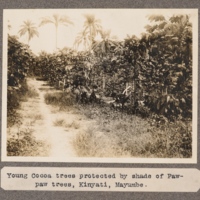
Cocoa Truth
This lesson examines the use of forced labour, including forced child labour, in the cocoa industry. The content specifically focuses on the exploitation of children in the Ivory Coast. The lesson also addresses how we, as consumers of cocoa-based products, in particular chocolate, can use our buying power to influence chocolate companies.There are two 55-minute lessons, depending on the level of your students, and is aimed at older teens, young adults and adults B1+ (upper intermediate to advanced)Materials include Peter’s story, information about slavery in the cocoa industry, real-life interview with the Director of a shelter for trafficked children, student worksheet, autonomous learning resources, slides, audio recording of Peter’s narrative, Teacher’s Guide. Audio for this lesson plan can be found at https://youtu.be/qLnUMjhZxuA
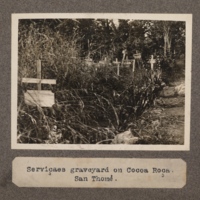
"Servicaes", graveyard on cocoa roço. San Thomé
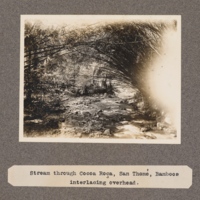
Stream through cocoa roça, San Thomé, bamboos interlacing overhead
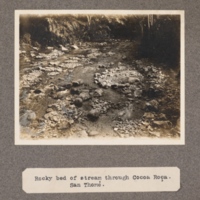
Rocky bed of stream through cocoa roça. San Thomé
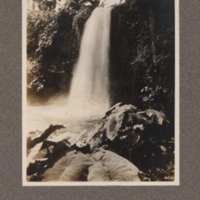
Falls on a Roça in San Thomé
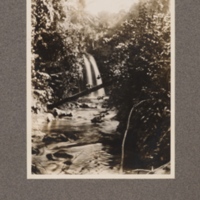
Waterfall on Cocoa Roça in San Thomé
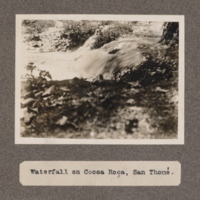
Waterfall on Cocoa Roça, San Thomé
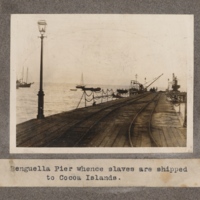
Benguella pier whence slaves are shipped to Cocoa Islands
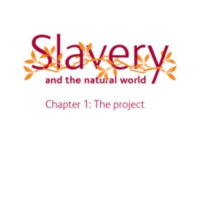
Slavery and the Natural World
In consultation with local community groups, in 2007 the Natural History Museum commissioned new research into its collections that link slavery and the natural world. The research uncovered experiences of enslaved people and the use of plants in their everyday life, as food, medicines and poisons. It also examined the complex relationships between enslaved people and naturalists exploring newly-colonised lands. The museum ran a series of public events, co-hosted by Race on the Agenda, which aimed to bring the historical, scientific and public viewpoints together. It created online educational resources on themes such as Commercial Plants, Everyday Life, Diet and Nutrition, and Resistance. The museum also developed cross-curricular ideas for school lessons in Science using the context of slavery, looking at foods across different cultures, for example.
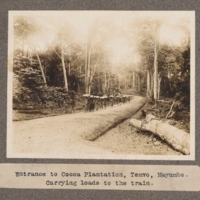
Entrance to Cocoa Plantation, Temvo, Mayumbe. Carrying loads to the train
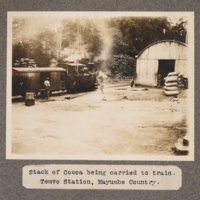
Stack of Cocoa being carried to train. Temvo Station, Mayumbe Country
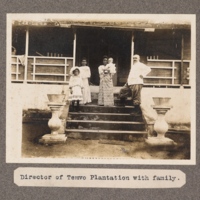
Director of Temvo Plantation with family

Bringing loads of Cocoa to the train at Temvo, Mayumbe Country
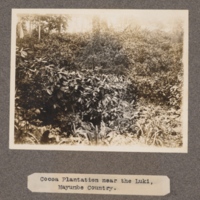
Cocoa plantation near the Luki, Mayumbe Country
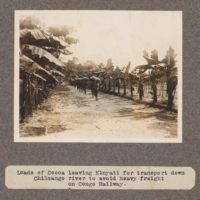
Loads of Cocoa leaving Kinyati for transport down Chiloango river to avoid heavy freight on Congo railway
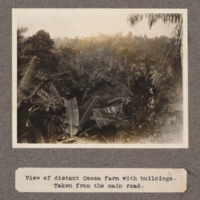
View of distant Cocoa farm with buildings. Taken from the main road.
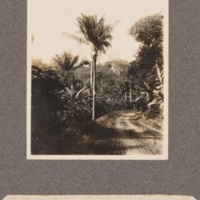
View of Temvo Cocoa Plantation, Mayumbe Country. Congo
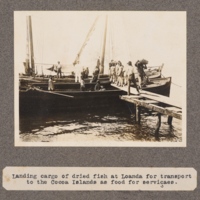
Landing cargo of dried fish at Loanda for transport to the Cocoa Islands as food for servicaes
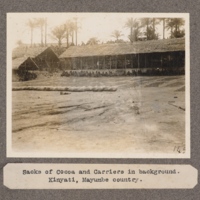
Sacks of Cocoa and Carriers in the backrgound. Kinyati, Mayumbe Country
